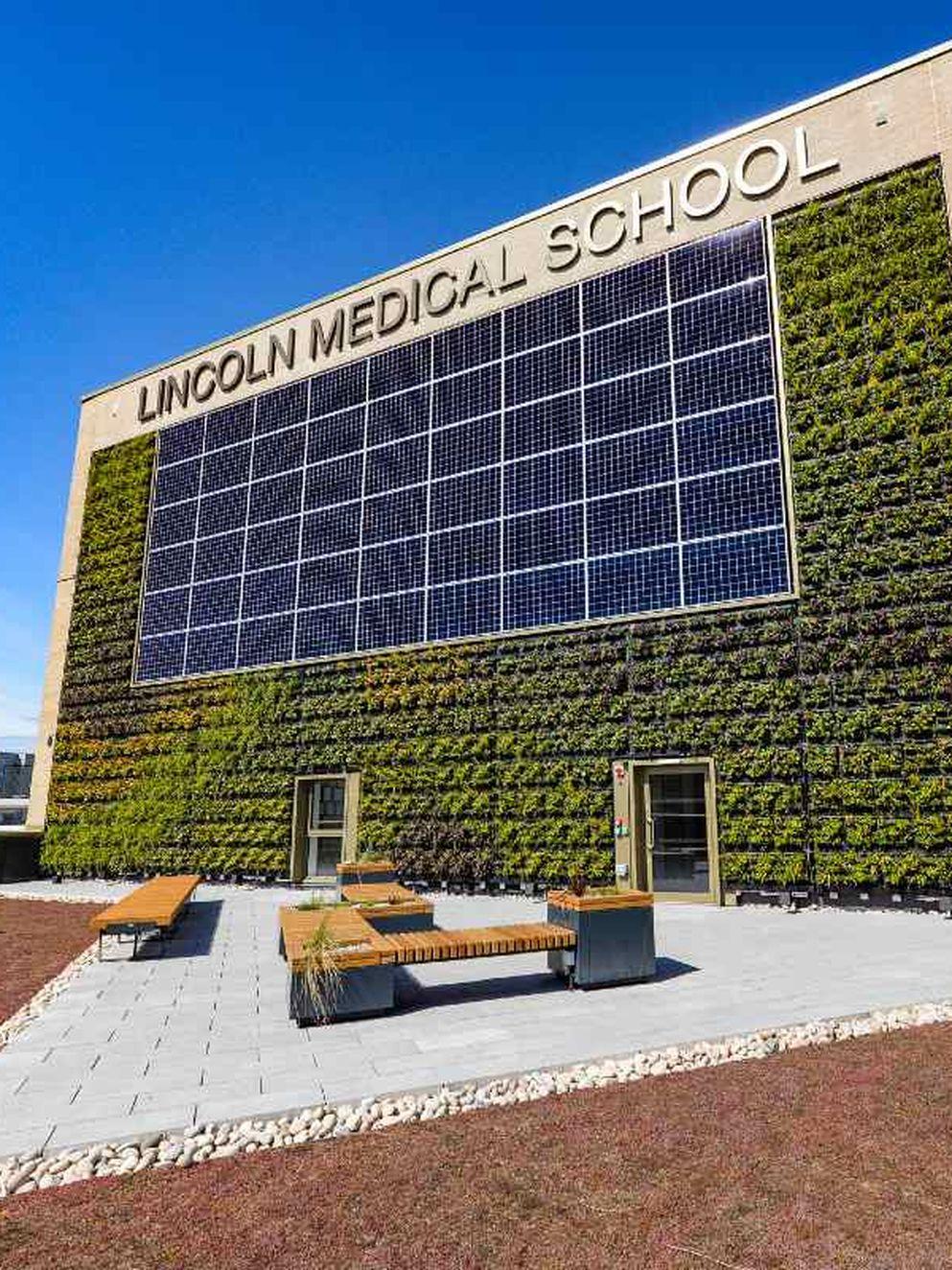
We can’t rely on planting trees on the other side of the world to cover up our own emissions
We can’t rely on planting trees on the other side of the world to cover up our own emissions
Earlier this month, BAM UK & Ireland announced that we had set ourselves very challenging carbon reduction targets, aiming to achieve net-zero by 2030. But our industry’s road to net-zero isn’t a straightforward one - and there are many obstacles for us to negotiate.
A lot of what the industry is reporting right now just isn’t transparent enough. Nor is it consistent.
There are two main problems we need to discuss in the built environment sector. One is the language we use, and the other is the data we report on.
What we say
For the language, we need to be clear: this is all about net zero carbon emissions. That is net zero, not absolute zero – so a degree of offsetting is always needed. To achieve net zero the organisation must show it has reduced its emissions substantially before considering offsetting – this is the key difference between net zero and carbon neutrality.
The other important thing to be clear of is the emissions boundaries for net zero. We must be clearer about the sources of our emissions as the definition of net zero is not prescriptive. We need to be crystal clear about what we mean to avoid misleading the market.
At BAM, we took a hard look at this. Ultimately, we decided that our net zero boundary should include those emissions over which we have direct control. Anything which hides or disguises our true emissions from this category should be excluded from our net zero calculations.
We’ve ruled out counting electricity from green energy tariffs towards our net zero emissions. Why? Because it would be all too easy to over-rely on them which then, in effect, becomes an offset, and true emissions would not be accounted for.
Buying green energy from the grid in your mix is like having two different sources of water from your tap. Imagine trying to measure which was which.
That isn’t to say buying green energy isn’t valuable: on the contrary, we use it and endorse it. So, we have deliberately made our job harder by not counting it as zero carbon, but we believe that our net zero carbon commitment has greater integrity because of it.
As a result, BAM has become the first company in the sector not to count our purchase of renewable (REGO-backed) electricity towards zero emissions. We have chosen to use location-based emissions (that’s the true emissions of the energy used at the plug) as part of our direct emissions inventory.

What we measure
Our net zero commitment encompasses not just direct scope 1 and scope 2 emissions (associated with fuels and energy use), but also select scope 3 emissions, going further than most net zero carbon targets in the sector.
Our scope 3 emissions include water consumption, staff transport (across road, rail and air), emissions arising from using hotels, emissions from third party fuel and energy use and all well-to-tank (upstream) emissions associated with scope 1 and scope 2 emissions. We have significant influence over all these emissions sources.
The whole industry needs to challenge itself, work together, and assist its clients and supply chain to make faster progress too. There is no room for or advantage in disguising or hiding performance.
Vague data is useless, so science based, transparent information and a healthy dose of honesty are part of the medicine.
The Government’s Construction Playbook sets out a manifesto for how the industry needs to behave to achieve net zero. Much of our ability to achieve net zero will depend on having good data but also collaborative relationships with all members of the value chain.
That will help improve the trust in our sector, and the integrity of what we report. It will help us focus on what needs to be done and, in short, assist us reach net zero.
We reduced our direct emissions intensity by 20% this year compared to the same period last year, mitigating the release of 7 kilotons of carbon. This performance along with our investment in data collection and analysis has enabled us to confidently set our new ambitious 2030 target.
It is the openness and transparency of our reporting that is essential to get us all to net zero and accelerate the decarbonising of the UK’s built environment.
About the author

Sarah Jolliffe
Carbon Reduction Lead, BAM UK & Ireland
Sarah Jolliffe is the Carbon Reduction Lead at BAM UK & Ireland – an operating division of Royal BAM group which is a large multi-national construction firm undertaking large civil engineering and construction projects across the globe.


